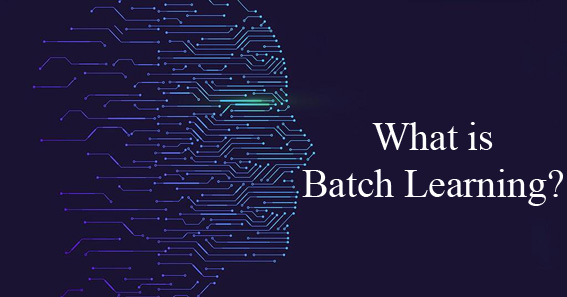Machine learning (ML) is a technique that allows complex systems with vast data to be learned, analyzed, and predicted. . Machine learning (ML) uses algorithms and statistical models to identify patterns, mine data, and apply labels across different datasets. ML models learn from the data and will help data scientists develop increasingly sophisticated and accurate predictions.
Theoretically, it could endow the system with the ability to study and enhance experience automatically without extra human labor. Thus, the world has been witnessing a surge in a wide range of ML applications dealing with a variety of extensive data such as the multimedia industry, image classification, computer vision, social network analysis, text mining and energy system optimization. The basic logic of these applications is to extract insights from the accessible data and, thus, establish intelligent models based on the available information.
What is Hybrid Machine Learning
Hybrid machine learning use batch and online learning together to complement and augment each other. Together they can solve problems that alone they were not designed to solve.
Hybrid learning, also known as mini-batch learning, is a method that combines online and batch learning. It trains the model on small batches of data, rather than single data points or the entire data set. The model updates its parameters after each batch and may or may not keep the data. Hybrid learning is a compromise between online and batch learning that balances speed, accuracy, and memory. It is widely used in deep learning frameworks, such as TensorFlow and PyTorch, where the batch size is a hyperparameter that can be adjusted.
Basically, mini-batch learning is similar to online training, but instead of processing a single training example at a time, we calculate the gradient for ‘n’ training examples at a time. In the extreme case of n = 1, this is equivalent to online training, and in the other extreme where ‘n’ equals the size of the data, this is equivalent to batch learning.
As we increase the number of training examples, each parameter update becomes more informative and stable, but the amount of time to perform one update increases, so it is common to choose an ‘n’ that allows for a good balance between the two. One other major advantage of mini batch is that by using a few tricks, it is actually possible to make the simultaneous processing of ‘n’ training examples significantly faster than processing ‘n’ different examples separately.
Recommended for you:
Online Machine Learning
Batch Machine Learning




MOST COMMENTED
Tutorial
Important Methods in Matplotlib
Machine Learning
Bias and Variance Tradeoff Machine Learning
Tutorial
Multiclass and Multilabel Classification
Machine Learning
Reinforcement Learning in Machine Learning
Deep Learning
Alexnet Architecture Code
Machine Learning
Machine Learning Models Explained